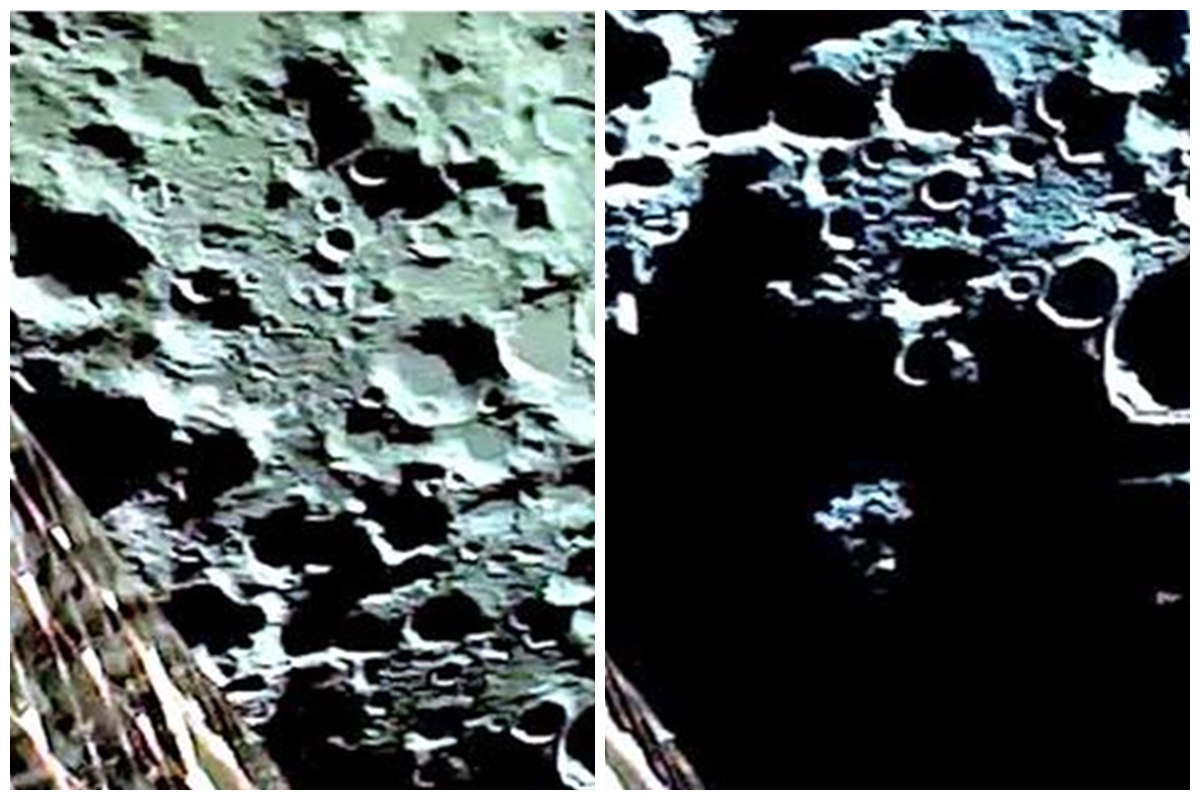Chandrayaan 3 has unveiled its very first snapshots of the Moon. The Indian Space Research Organisation (ISRO) took to their social media platform on Sunday to reveal the inaugural images of the Moon captured by Chandrayaan 3.
This announcement follows closely after ISRO efficiently navigated Chandrayaan-3 into lunar orbit, without encountering any obstacles. This achievement stands as a significant milestone for India’s third lunar expedition.
Advertisement
With just under 20 days remaining until the gentle touchdown on the lunar terrain, a brief video showcased the intricate details of the Moon’s surface features as the spacecraft drew nearer.
“I’m experiencing lunar gravity,” was the initial message transmitted by India’s third lunar craft upon entering the Moon’s orbit, which was subsequently tweeted by the space agency on Saturday. The spacecraft made its entry into lunar orbit after breaking free from Earth’s gravitational pull and journeying a substantial distance of 384,400 km.
The insertion into lunar orbit constitutes a noteworthy accomplishment within the ambit of the space agency’s ambitious ₹ 600 crore endeavor.
On Saturday, as the Chandrayaan-3 mission’s spacecraft seamlessly entered lunar orbit, it captured a glimpse of the Moon during its maneuver. The Indian Space Research Organisation shared a video snippet of this occurrence.
Embarking on its voyage from the Satish Dhawan Space Centre on July 14, 2023, courtesy of the LVM-3 rocket, Chandrayaan-3 has traversed a distance exceeding three lakh kilometers in the expanse between Earth and the Moon. Following its orbits around Earth’s sphere, which concluded on August 1, the spacecraft commenced its trajectory towards the Moon.
According to ISRO, Chandrayaan-3 serves as a sequel to Chandrayaan-2, designed to demonstrate the complete capability of executing a secure landing and exploration on the Moon’s surface. The mission comprises a Lander and Rover configuration and was launched by LVM3 from SDSC SHAR, Sriharikota. The propulsion module carried the lander and rover setup up to a 100 km lunar orbit.











